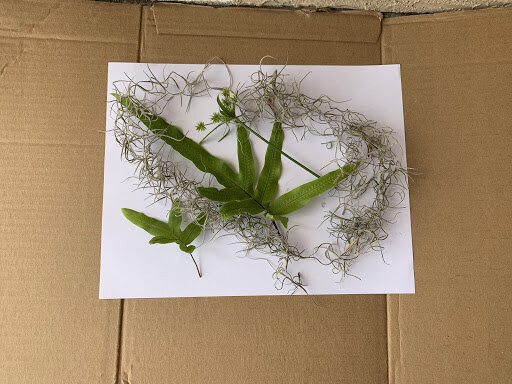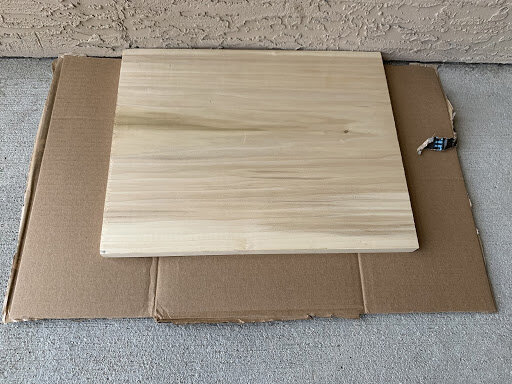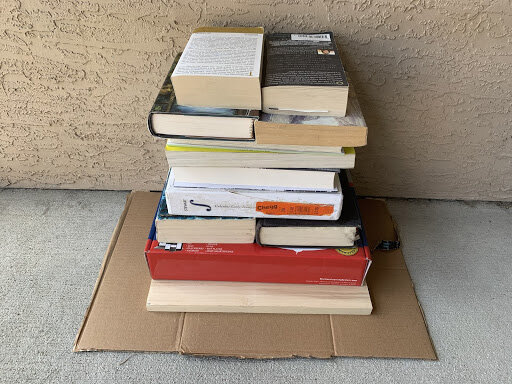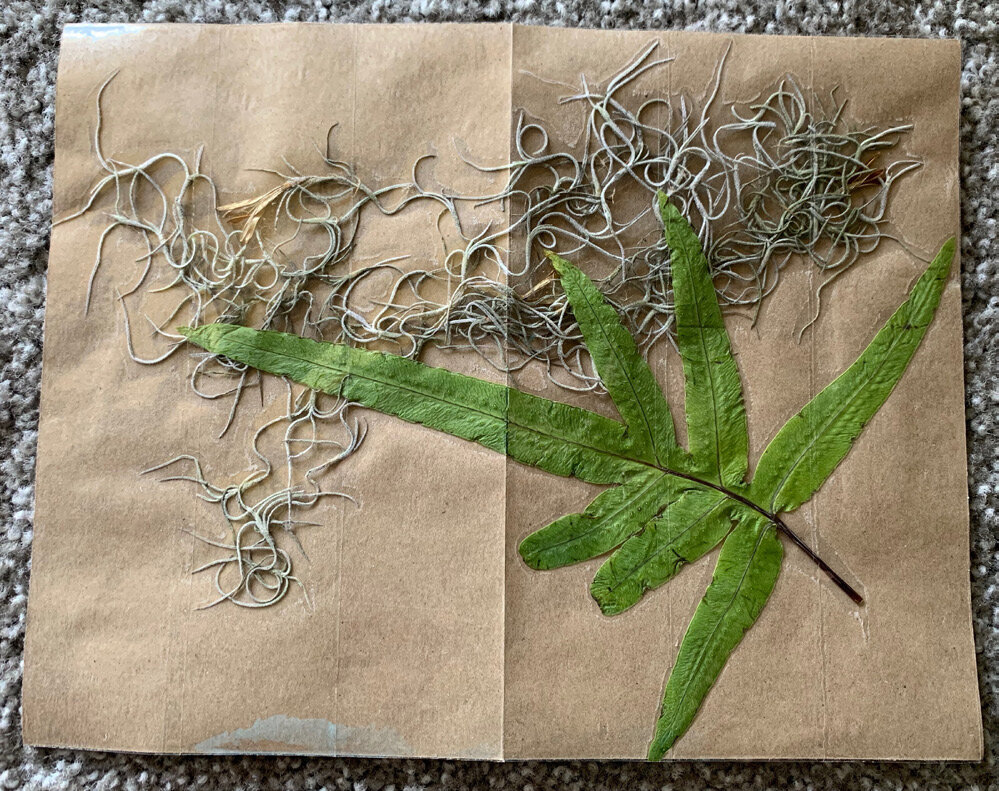Nature Near You is our offering to the community, If you would like to support our efforts, any donation is welcome. Please click the button below to contribute.
A plant press is a tool used by botanists to flatten, dry, and store plant specimens. After being pressed, specimens are carefully labeled and stored in a herbarium.
Modern day professional plant presses are made with wood, absorbent paper, corrugated cardboard, and straps to tighten.
How to make a plant press at home
By: Sam Sam Galindo






A plant press is a piece of equipment that botanists use to flatten, dry, and preserve samples so they can be stored and studied later. Some people use a plant press to dry and flatten flowers to use for crafts such as cards, decorative wall pieces, and bookmarks. Plant presses consist of two outer hard flat surfaces, a way to apply pressure to the plants, and absorbent materials, like paper, to draw the moisture out of the plant in order to prevent decay and preserve color.
Plant biologists use dried specimens, the product of a plant press, to study plants and document their geographic ranges. Collections of plant specimens are known as herbaria. Included with each specimen is where and when the plant was collected, the scientific name, and any important characteristics of the plant or community where it was collected. Scientists use this information to study the plants and understand more about where it grows, how to more easily identify them, and other aspects of the biology of the plant.
Materials:
A hard, flat surface
2 pieces of cardboard (about the same size as a large book)
2 pieces of paper
Several flat, heavy items (books)
Plants to press (flowers, leaves, grass, or anything soft and green)
Procedure
Collect materials.
Assemble your plant press starting from the bottom:
Hard flat surface (ground or table)
Cardboard
Paper
Plants arranged how you’d like them to be pressed (A)
Paper
Cardboard
Wood or books (B)
More books or other flat heavy items (if your stack of heavy items seems unstable, move the plant press against a wall so you can lean it against the wall) (C)
Leave your press for at least five to ten days.
Remove the stack of books to reveal your pressed plants!
WHAT TO DO WITH YOUR PRESSED PLANTS
By: Sam Galindo
Pressed Plant Journal
Materials
- Folder or notebook
- Paper
- Glue
- Markers
Directions
1. Glue the plants to the pages of the notebook or a piece of paper.
2. Add details to the paper about the plant, including date, time, location, and name of the plant.
3. Once the glue has dried, you can add the pages to the folder or notebook.
4. See how many different plant species you can identify from your yard or neighborhood!
Framed Plants
Materials & Directions
Materials:
- Picture Frame
- Paper
- Glue
Directions:
1. Cut paper to fit the frame.
2. Glue the plants to the piece of paper.
3. Once the glue has dried, place the paper in the frame.
4. Back the paper with stuff cardboard.
5. Hang frame on the wall or place on a shelf.
Bookmark
Materials and Directions
Materials:
- Markers
- Paper
- Packing Tape
- Scissors
Directions:
1. Place your plant on the piece of paper to determine how you should cut your paper.
2. Decorate the paper with markers.
3. Place the plant on the paper.
4. Carefully tape the plant to the paper with clear packing tape. Make sure to tape the entire front and back of the paper.
5. Trim the edges of the tape.
Cards
Materials
- Paper
- Glue
- Scissors
Directions
1. Fold two pieces of paper in half.
2. Cut one piece of paper along the edges to make it slightly smaller than the other.
3. Glue the smaller piece of paper to the inside of the larger piece of paper, matching the fold seams.
4. Glue the pressed plants along the outside of the card (and the inside if you would like).
5. Once the glue is dry, you can write a message on the inside of your handmade card.












